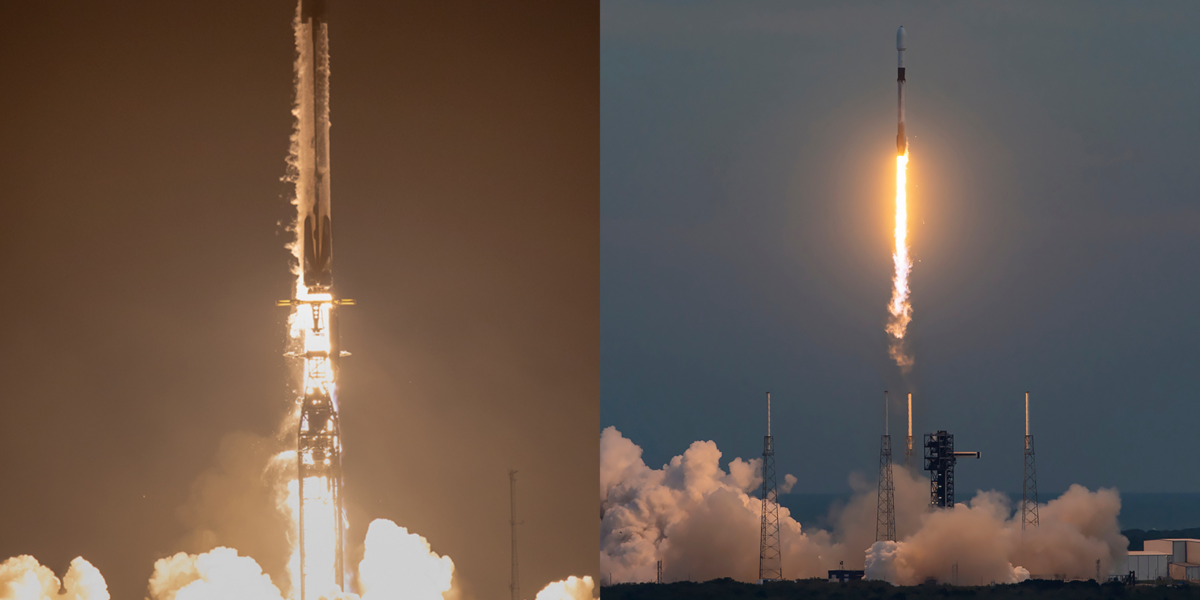Elon Musk’s SpaceX sends 46 more satellites to space for better internet

| PHOTO: SpaceX / X
In an increasingly connected world, slow internet is a real frustration. This modern inconvenience impacts millions worldwide, especially in remote and underserved regions where traditional internet infrastructure falls short.
In a stride toward global internet connectivity, SpaceX, a company led by Elon Musk, successfully launched 46 additional Starlink satellites into orbit, bolstering its ever-expanding network and bringing the total number of satellites circling Earth to nearly 6,000.
These satellites are part of the Starlink project, which aims to provide internet access to places that currently lack it.
The announcement of the recent successful launch came through a tweet from SpaceX, confirming the completion of back-to-back Falcon 9 launches from Florida and California.
SpaceX teams complete back-to-back Falcon 9 launches from Florida and California, delivering 46 @Starlink satellites to orbit pic.twitter.com/TuEEjNkYtz
— SpaceX (@SpaceX) March 11, 2024
Musk further emphasized the achievement, highlighting that the newly deployed satellites collectively possess the capability to process 4 Terabits of data per second. That’s a significant amount of data and it means faster internet.
Two Falcon 9 launches today, carrying 4 Terabits/second of capacity to orbit https://t.co/zBsANLCjat
— Elon Musk (@elonmusk) March 11, 2024
In February 2023, Starlink made its debut in the Philippines, claiming to offer the “most advanced broadband satellite internet globally” and establishing itself as the “first and largest satellite constellation utilizing low Earth orbit for high-speed broadband internet delivery.”
Even though there are now more satellites up there, it hasn’t been entirely smooth sailing. Recently, SpaceX had to remove some satellites due to a potential design flaw.
Despite this setback, Starlink has been making progress, managing to decrease the time it takes for data to travel from one point to another in its network by more than 30 percent for users in the United States.
In simpler terms, this implies that internet connections provided by Starlink are becoming faster and more responsive for people in the US, leading to a better overall internet experience.
SpaceX is also ensuring that Starlink works with popular smartphones like iPhones and Samsung Galaxies. They’re offering different internet plans too, so people can choose the one that best suits their needs.
Currently, Starlink is also available in the US, Canada, Australia and parts of Europe. And it’s not stopping there—soon, more countries in Africa will gain access to Starlink’s internet, according to their website.

